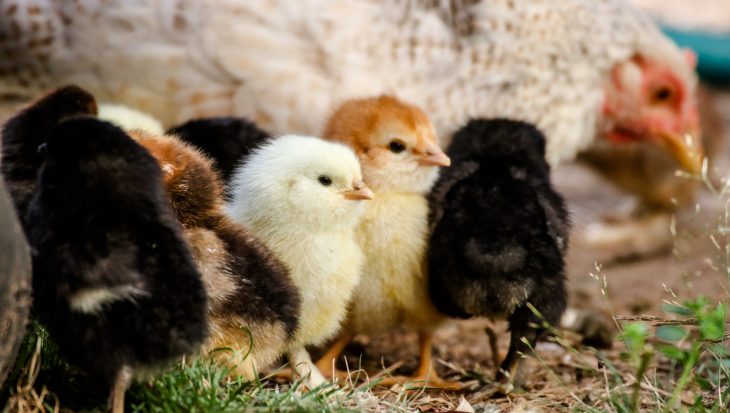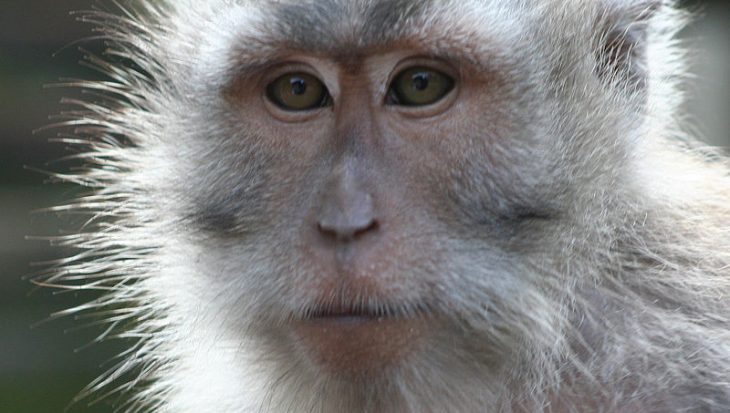The new initiative already has the support of animal advocacy groups in Australia, France, Germany and the Republic of Ireland – countries in which there are strong horseracing industries.
Each of the groups is launching, via its website and through the media, a bespoke version of a hard-hitting and witty new viral film, Whipping Hurts (watch the UK version of the film) produced by Animal Aid. The film’s central theme is that, despite repeated industry claims to the contrary, the whip does hurt horses and should be banned1. Just 44 seconds long, the film shows the tables being turned on a self-satisfied winning jockey just as he is collecting his prize.
The international movement to ban the whip includes the following groups: RSPCA, Animals Australia, Coalition for the Protection of Racehorses [all of Australia], Vier Pfoten [of Germany], Animal Rights Action Network (ARAN), National Animal Rights Association (NARA) [of the Irish Republic] and L214 [of France]. Also part of the international campaign is Concern for Helping Animals in Israel (CHAI), an organisation that has campaigned, successfully so far, to prevent the introduction of horse racing to Israel.
The alliance plans further initiatives, and information and resource sharing.
The BHA insists, falsely, that a whip ban cannot be implemented in Britain in isolation because of the international nature of the racing scene. In fact, Norway outlawed the whip, except for genuine safety reasons, in 1982, and this has not stopped jockeys and horses from Britain and other countries continuing to race on its premier racecourse, Ovrevoll. Members of the new anti-whip alliance, nonetheless, judge that a campaign with an international dimension will hasten the end of the use of the whip as a device to bully and punish horses.
Already, prominent racing industry figures have asserted that the days of the whip in racing are numbered. 2, 3 At an April 2010 conference in Australia, Louis Romanet, former director-general of the body that runs French racing, predicted that, within the next five years, major racing nations would ban jockeys from using the whip to encourage horses to go faster.
In their more guarded moments, jockeys and other industry figures avoid any suggestion that horses are beaten to make them run harder. Instead, they recite the ‘official’ line that the whip is used for ‘safety’ or for ‘correction’4. This explanation is offered even though the majority of strikes against horses come at the end of a race when riders are wild with ambition to win, and are beating their horses to try to achieve that objective. Leading jockey Ruby Walsh this week spoke in plain terms about the real purpose of the whip when he declared: ‘We need the whip to ride them to encourage them to go faster’5(even though the evidence indicates that whipping confers no such advantage6).
The public understands the true function of the whip, which is why, according to a recent poll commissioned by the BHA itself, 57 per cent of people in Britain want an outright ban.7 The new alliance echoes that straightforward objective: the whip hurts; ban it.
Says Animal Aid Director Andrew Tyler:
‘Members of the new international campaign reflect public opinion in calling for an end to the use of the whip to bully and intimidate horses into running up to and beyond their physical limits. The racing industry in Britain thinks that it has dealt with this issue by, essentially, tearing up the rule book. But it will not go away. All the signs indicate that the whip will be banned. We are simply determined that this day will come sooner rather than later.’
For more information
Notes to Editors
- While the whips commonly used in British racing have a padded area at the end, they also have a long hard handle that frequently and painfully comes into physical contact with the horse – not only on the quarters but also down the neck. The BHA’s own records show that there were 17 incidents in 2010 where horses were hit so hard with the so-called ‘welfare-friendly’ whip that they came out in weals.
The words of jockeys themselves betray the physically and psychologically intimidating effects a whip has on so-called ‘lazy’ horses. Speaking after the new BHA rules were introduced, champion jockey Tony McCoy, declared: ‘The horse I rode in the last race, Quazy De Joie, is a big lazy three-mile chaser. If I could have given him a smack early on he might have got competitive and might have been able to win but you can’t risk it any more.’ (http://www.bbc.co.uk/sport/0/mobile/horse-racing/15613121)
- http://www.guardian.co.uk/sport/blog/2010/apr/16/claims-five-put-down-whip
- Even The Guardian newspaper’s racing correspondent and avid whip defender, Greg Wood, believes that the whip is on the way out: ‘My guess is that the days when the whip can be used to urge horses on are probably numbered, but not because it is cruel. Instead, I suspect racing will eventually abandon the whip because it is simply more trouble than it is worth.’ http://www.guardian.co.uk/sport/blog/2011/sep/26/horse-racing-whip-greg-wood
- Director of Towcester racecourse, and Daily Telegraph columnist, Charlie Brooks, wrote recently: ‘The well worn argument that jockeys must be allowed to use sticks, as they currently do to keep horses straight, was well and truly exploded by Richard Hughes on Channel 4’s The Morning Line on Saturday morning. Hughes had been unseated from Kojak at Ascot last week, when the two-year-old swerved violently to the left. Hughes expressed the opinion that the horse probably behaved erratically because he hit it. So much for whips keeping horses straight.’ (May 16, 2010)
- http://www.espn.co.uk/horseracing/sport/story/137297.html
- An Animal Aid investigation, published in 2004 and called A Hiding to Nothing, demonstrated that – cruelty issues aside – the use of the whip by jockeys does not improve their chances of winning. The findings were reinforced by a University of Sydney report An Investigation of Racing Performance and Whip Use by Jockeys in Thoroughbred Races(http://www.plosone.org/article/info%3Adoi%2F10.1371%2Fjournal.pone.0015622)
- http://www.britishhorseracing.com/whip-review/WhipReview.pdf (p.58)

